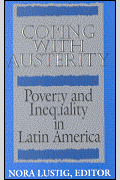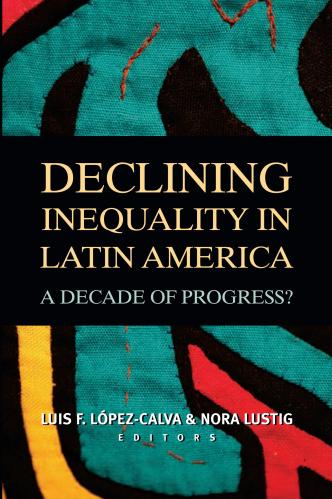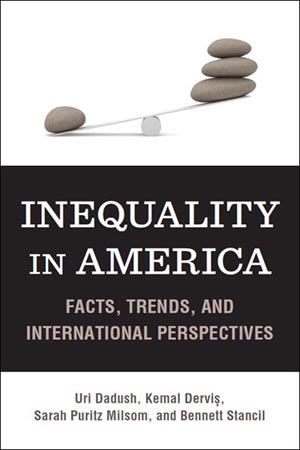Studies in this week’s Hutchins Roundup find that skill-biased technological change has not been the main driver of US wage inequality increases in the 21st century, removing the earnings test on pensions increases old-age labor supply at the cost of higher inequality, and more.
Want to receive the Hutchins Roundup as an email? Sign up here to get it in your inbox every Thursday.
Recent increases in wage inequality have been among college graduates
Claudia Goldin and Lawrence F. Katz of Harvard University and David Autor of MIT find that increases in the college wage premium explain 75% of the rise of US wage inequality from 1980 to 2000, but only 38% from 2000 to 2017. The college premium rose, they say, because the increase in demand for high-skilled labor due to skill-biased technological change outpaced the growth of the supply of college graduates. However, most of the increase in wage inequality since 2000 reflects increased variance of wages among college graduates, rather than across education groups, they say. They also note that wage inequality among non-college workers has barely changed since 2000. The model of supply and demand for workers with different skill levels remains relevant for understanding recent trends, the authors conclude, but it can be improved.
Removing the earnings test on pensions increases old-age labor supply, but also inequality
Asbjørn Goul Andersen, Simen Markussen, and Knut Røed from the Ragnar Frisch Centre for Economic Research study the effect of a 2011 reform in Norway that removed the retirement earnings test n pension income. By comparing the last two birth cohorts (1946-1947) exposed to the retirement earnings test with the first two cohorts (1948-1949) exempt from it, they find that the reform led to a 42% increase in the number of hours worked by older workers and a 17% increase in old-age inequality as measured by the Gini coefficient. They show that inequality increased because the quantity of hours worked rose by a similar magnitude across the earnings distribution. The authors emphasize that policymakers face a difficult tradeoff between equity and efficiency in the design of early retirement systems.
Employment tenure in the U.S. has been changing, but workers feel secure in their jobs
The rate at which workers change employers has declined since the 1980s, yet the common perception is that long-term employment with one employer has become more difficult to attain. Raven Molloy and Christopher Smith of the Federal Reserve Board and Abigail Wozniak of the Federal Reserve Bank of Minneapolis reconcile these conflicting trends. They find that fewer workers are cycling though briefly-held jobs, leading to decline in the fraction of workers with less than one year of tenure. In addition, workers are somewhat more likely to stay with a single employer for more than 20 years, the result of women staying in the labor force longer and the aging of the population. But long tenure has declined markedly among older men, they say, a trend which is only partly explainable by the shift away from manufacturing and the decline of unions. Nonetheless, surveys of worker satisfaction from the 1970s and 2000s show perceived job security hasn’t changed among older working men, and has improved for short tenure workers.
Chart of the week:

Quote of the week:
“Asset prices are currently at very elevated levels. In part this is a consequence of long-running fundamental trends in interest rates. Yet there is substantial empirical evidence that monetary policy encourages risk-taking in the financial system, and the risks of an asset price correction are increasing,” says Yves Mersch, Member of the Executive Board of the ECB.
“Dealing with such risks solely through macroprudential policy is challenging. The effectiveness of macroprudential policies is curtailed by the presence of foreign banks and non-bank financial firms lending to households. Moreover, borrower-based measures can exacerbate the impact on inequality arising from housing shortages and housing price appreciation. In such a situation, it is preferable for monetary policy to incorporate financial stability concerns into its policy deliberations. This is something that has long been recognised in our two-pillar strategy, which we would be well advised to maintain if not enhance.”
The Brookings Institution is committed to quality, independence, and impact.
We are supported by a diverse array of funders. In line with our values and policies, each Brookings publication represents the sole views of its author(s).










Commentary
Hutchins Roundup: Skill-biased technological change, retirement earnings tests, and more.
January 30, 2020